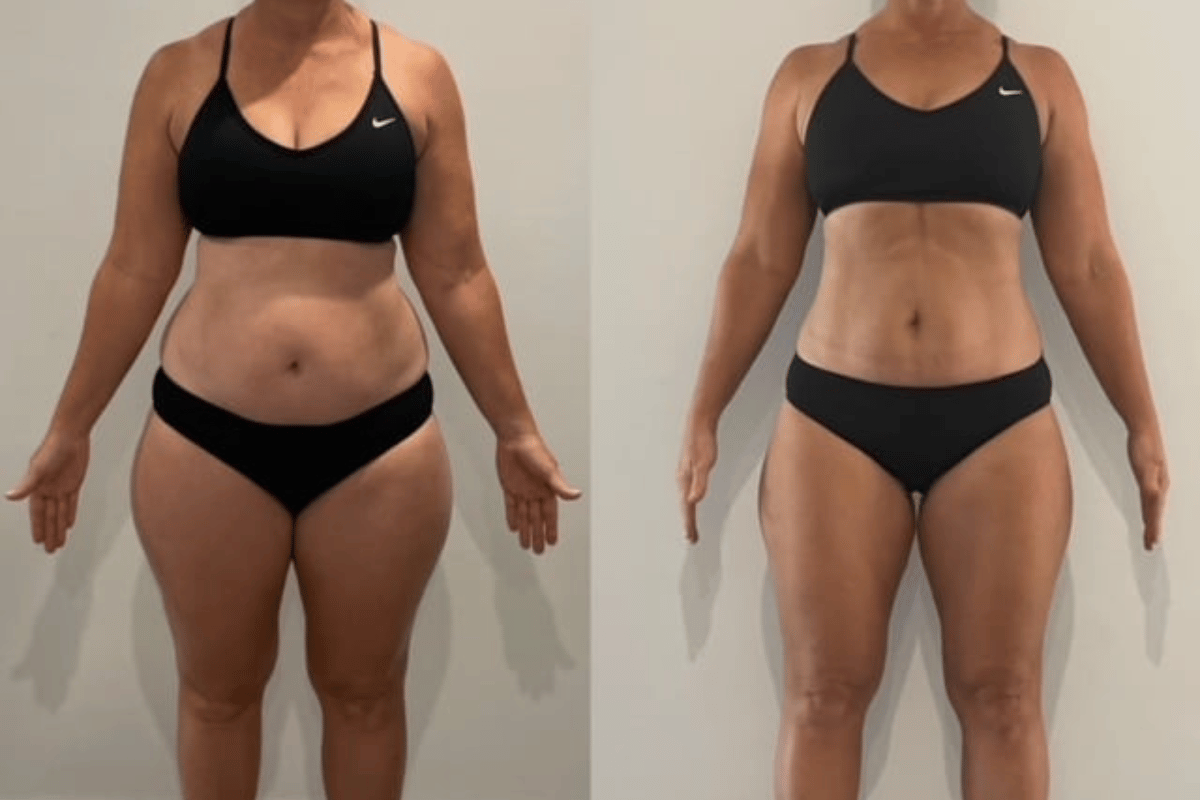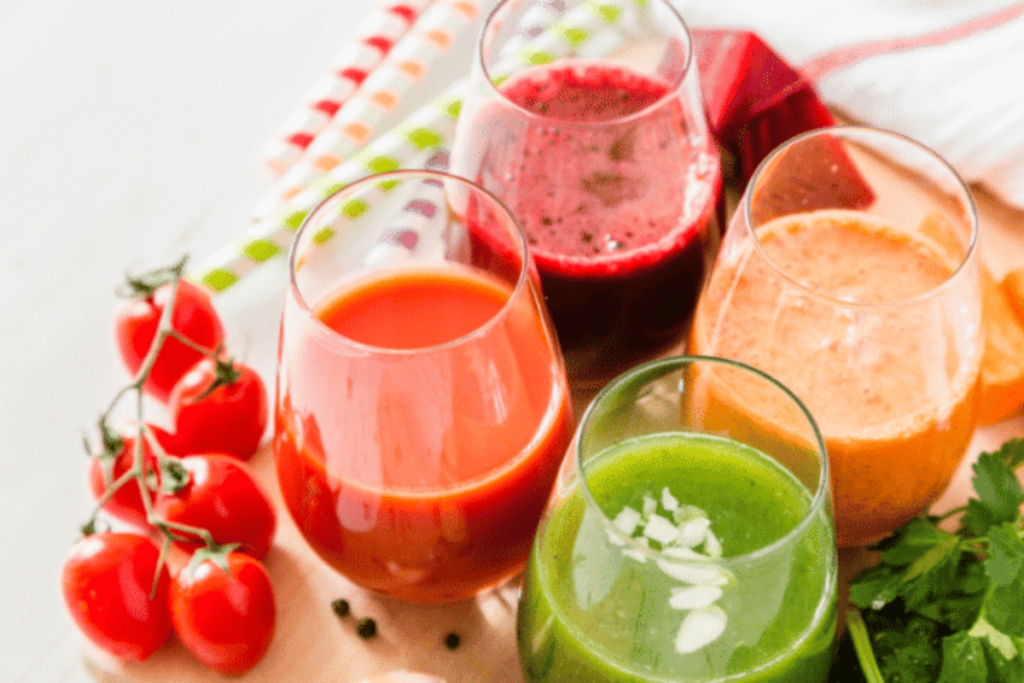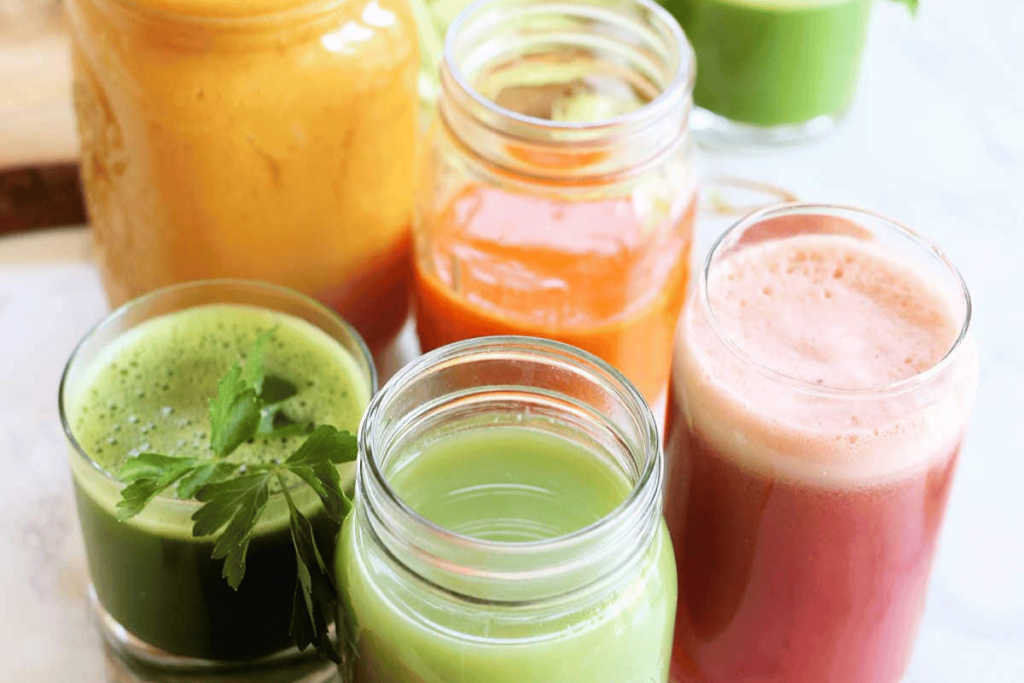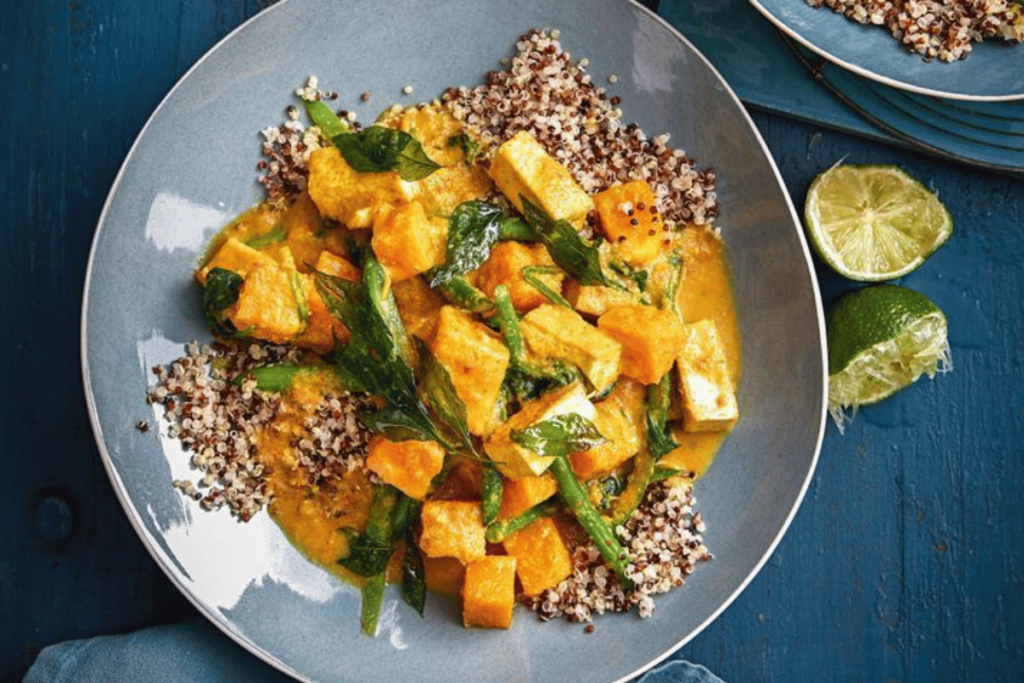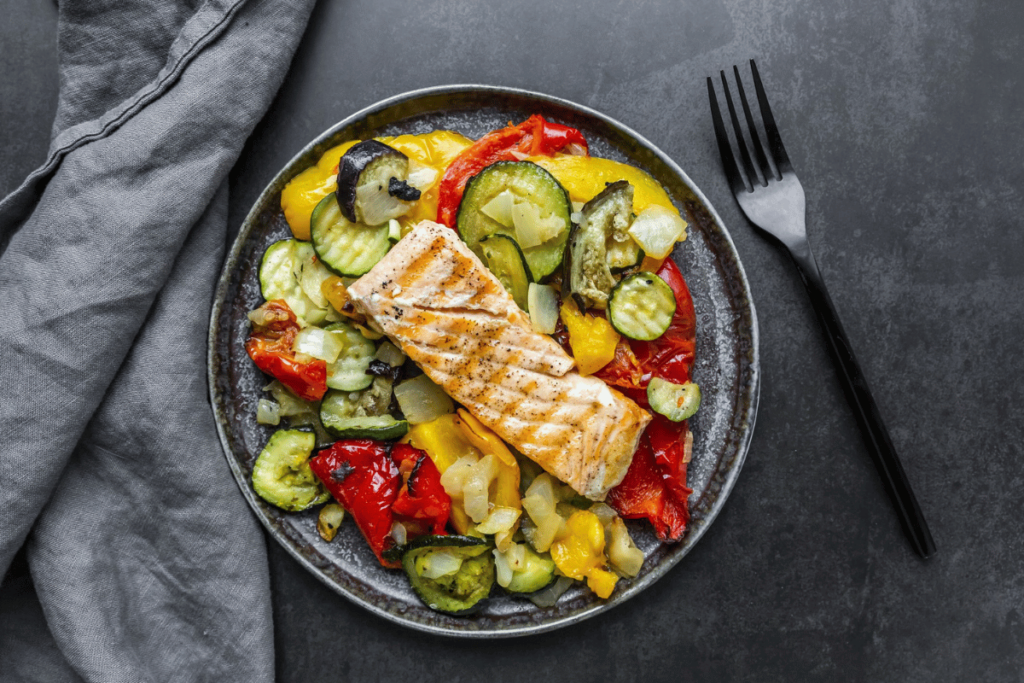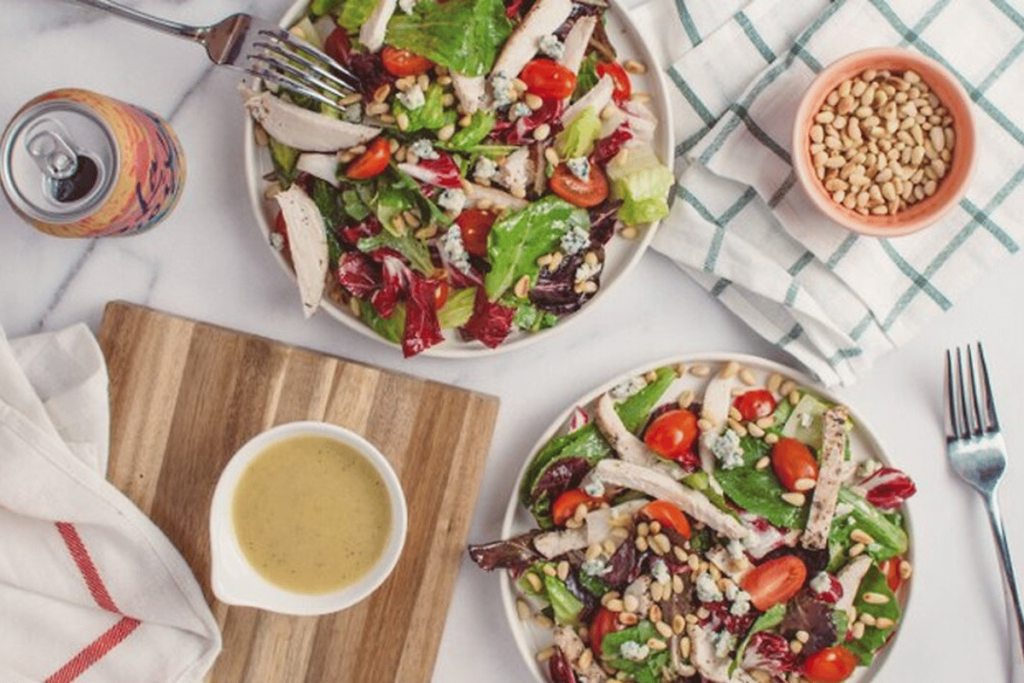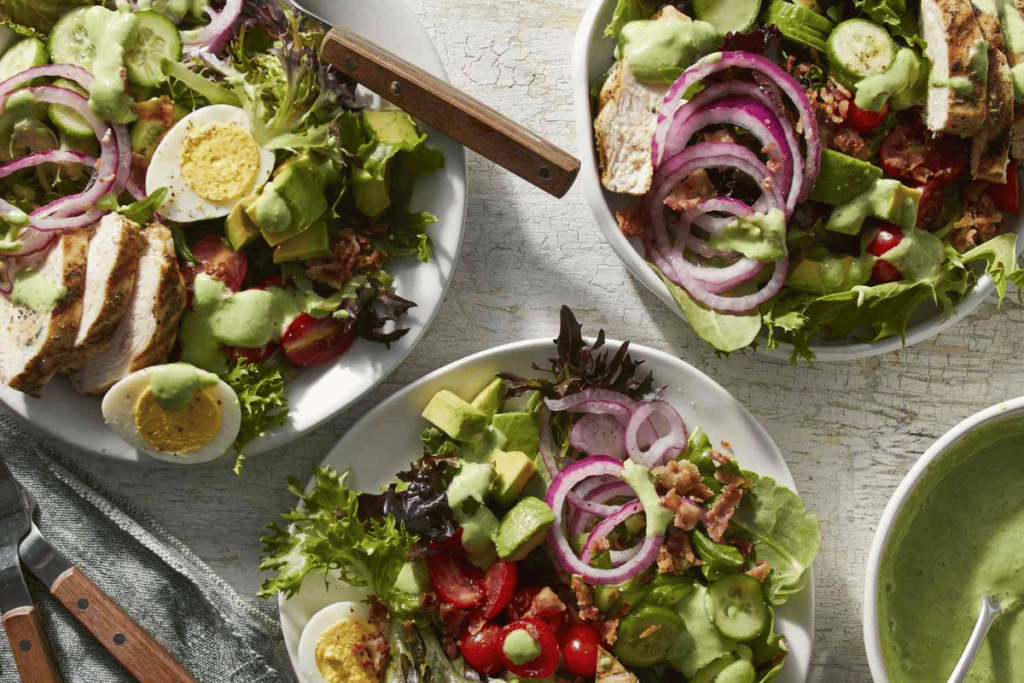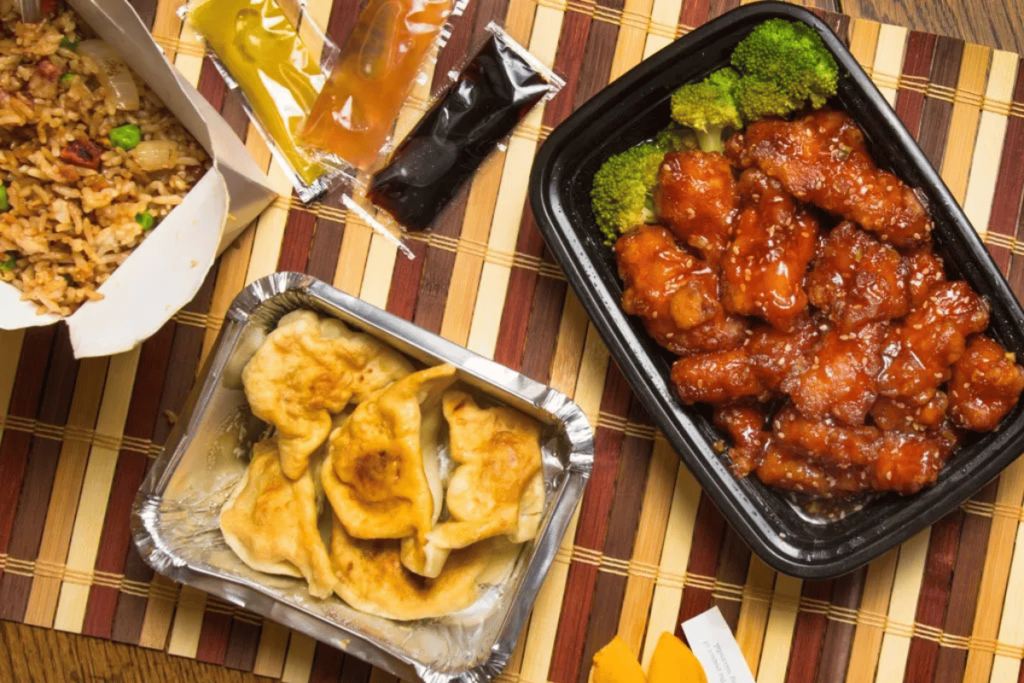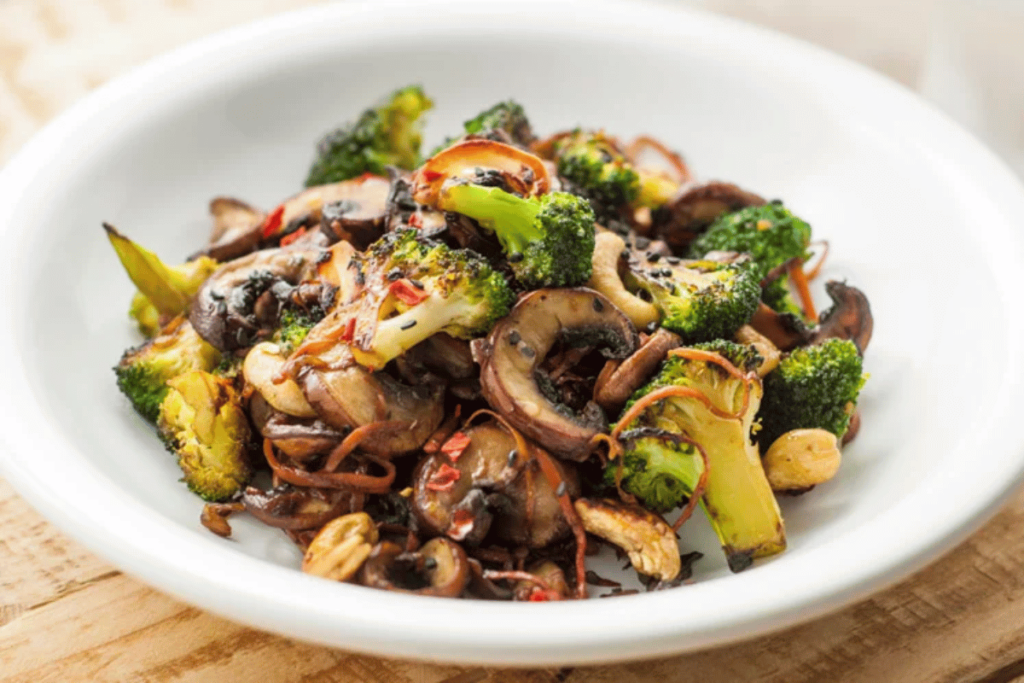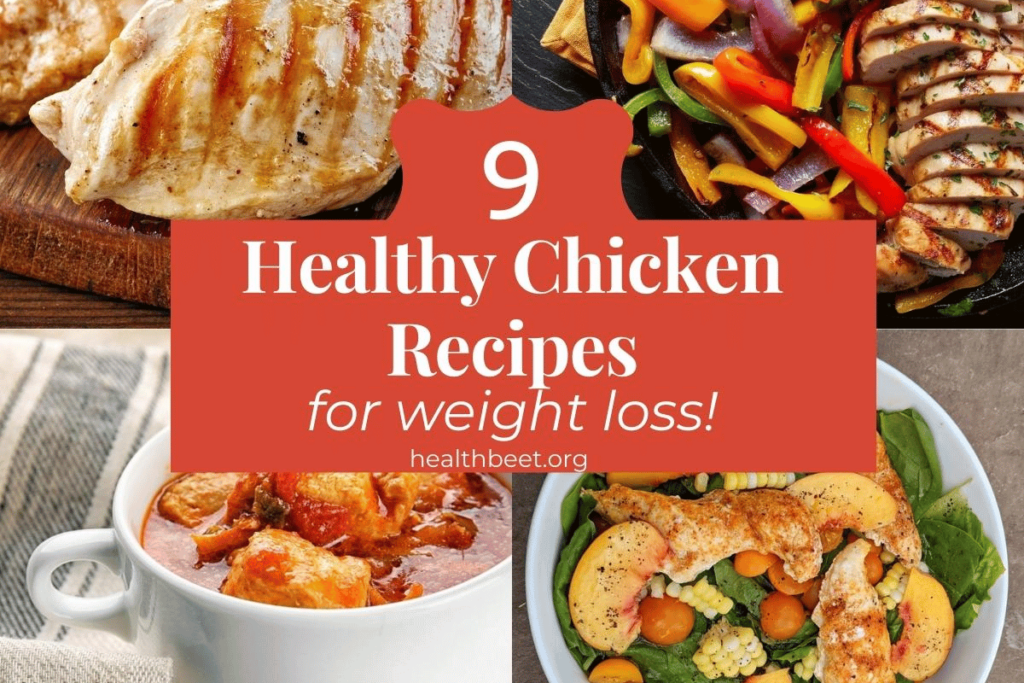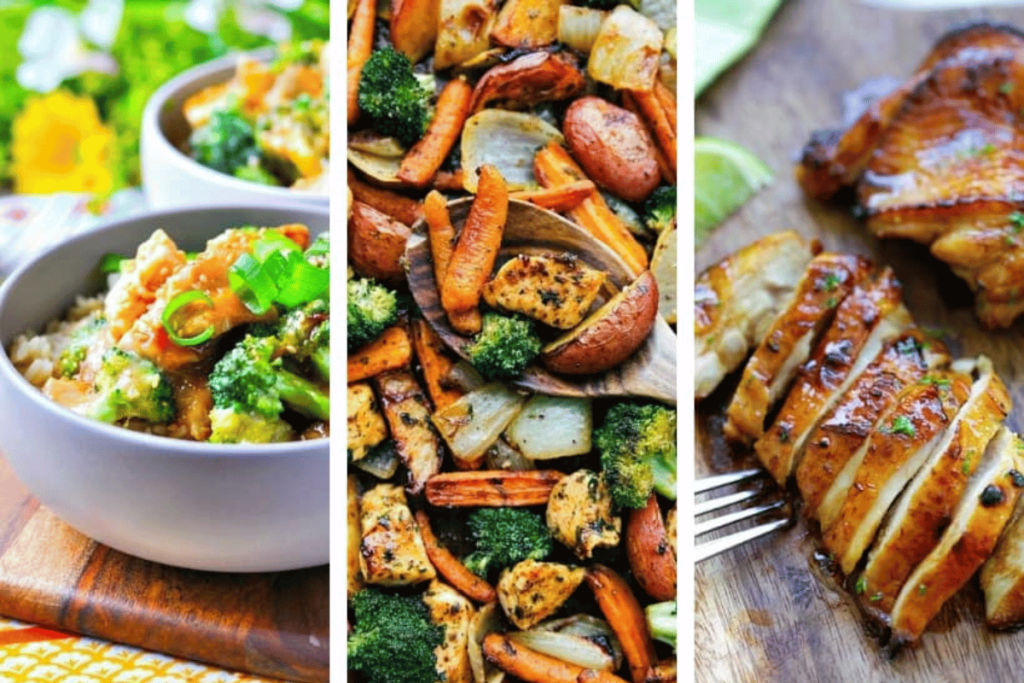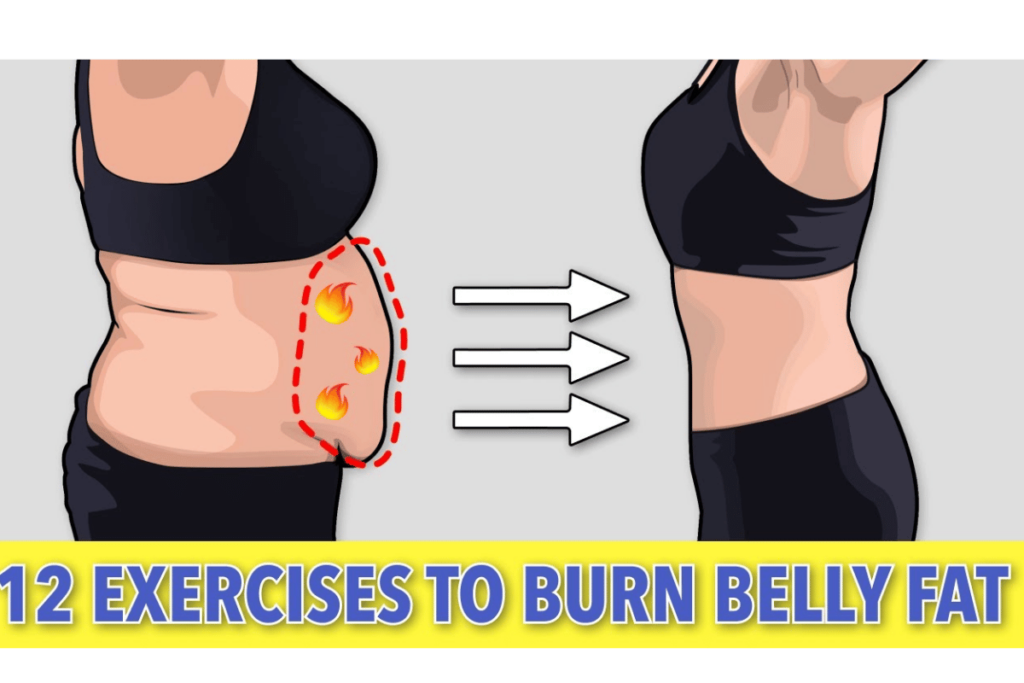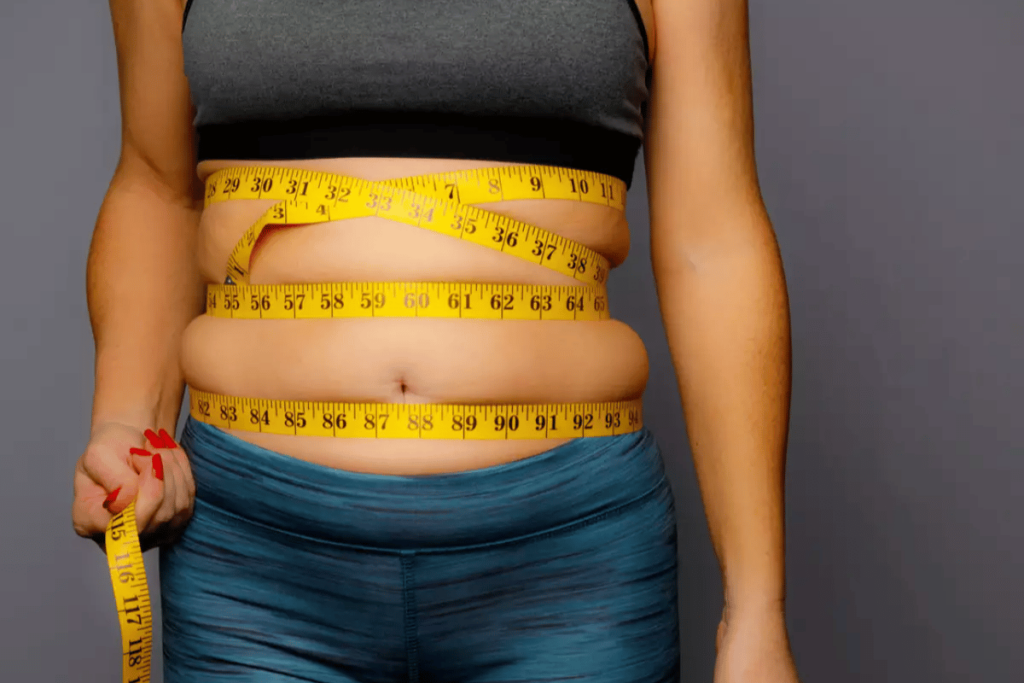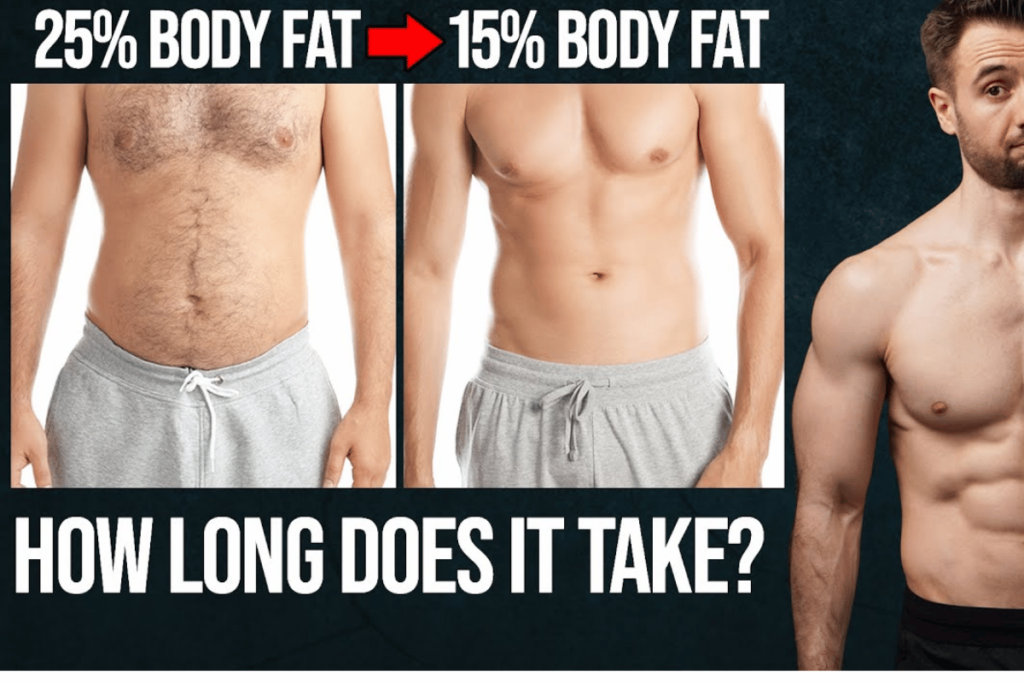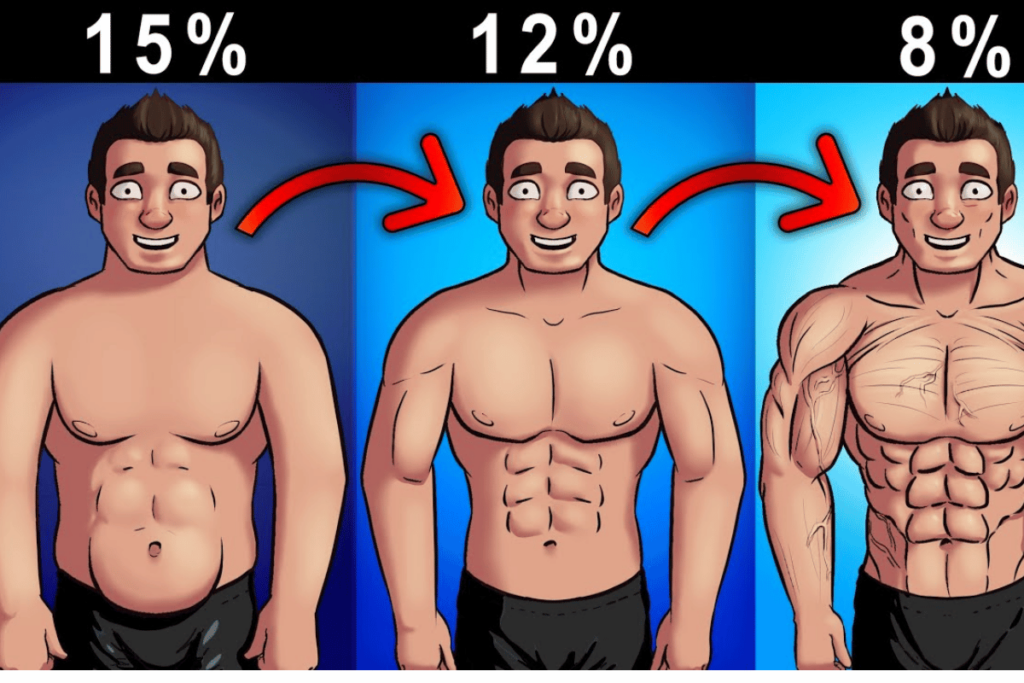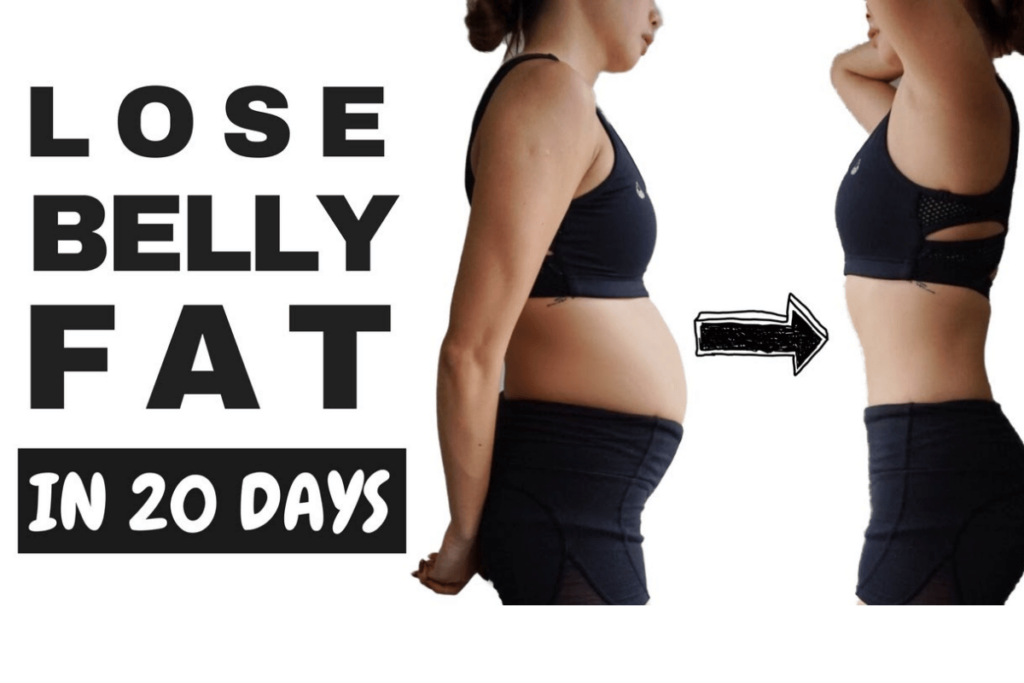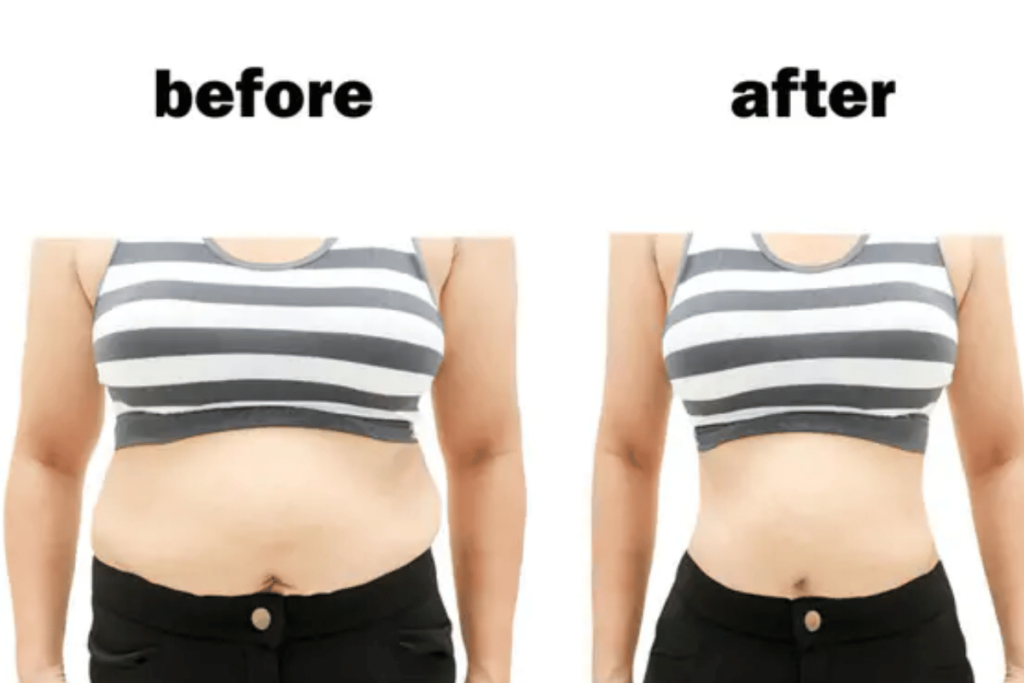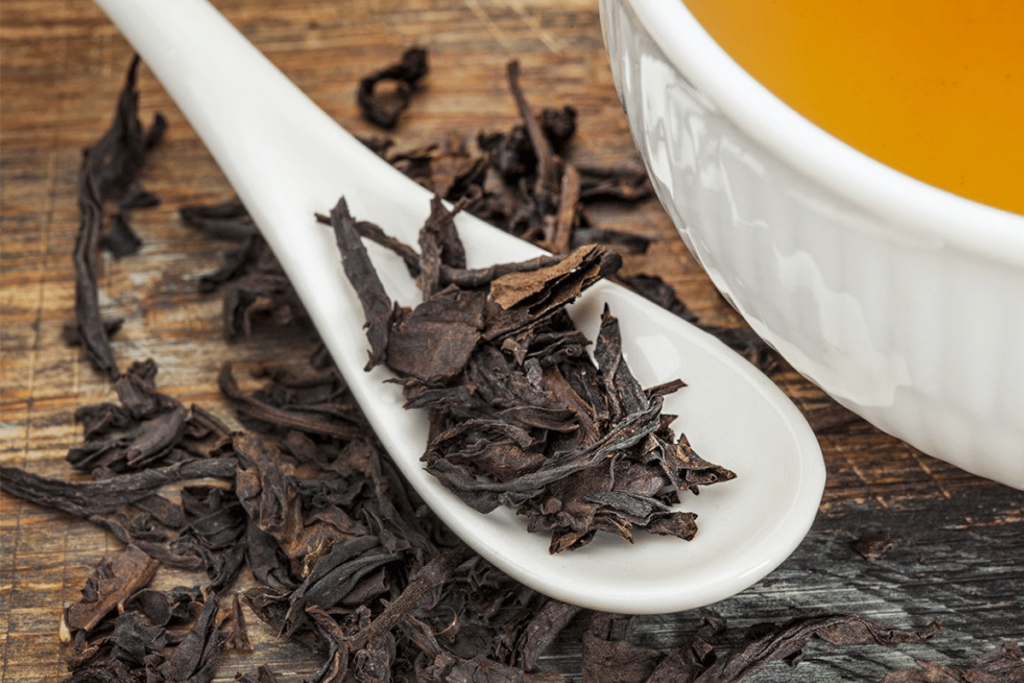If you’re looking for effective ways to shed those extra pounds from the comfort of your home, look no further! In this article, we’ll delve into why you should try these eight authoritative home fat burning exercises. These exercises not only help you achieve your weight loss goals but also offer the convenience of being done in the comfort of your own space. Stay tuned as we uncover the science and benefits behind these powerful fat-burning routines that can transform your fitness journey.

fat burning exercises at home
In today’s fast-paced world, where convenience often takes precedence, the importance of effective home-based fat burning exercises cannot be overstated. The keyword “fat burning exercises at home” is at the heart of our discussion, signaling the significance of achieving fitness goals within the comfort of your own space.
For many, the hustle and bustle of daily life make it challenging to commit to a gym or fitness center regularly. Subtly within this context, we mention the keyword “diabetes” as a reminder of the broader health implications of staying active and maintaining a healthy weight.
The prospect of exercising at home offers a solution that not only aligns with our modern lifestyles but also underscores the practicality and accessibility of effective workouts. In this article, we invite you to explore a curated selection of eight authoritative home fat burning exercises. These exercises have garnered recognition from experts and are supported by scientific research, making them invaluable tools on your journey towards fitness and well-being.
As we delve into the realm of home-based fat burning exercises, we invite you to discover the power and convenience of achieving your fitness goals within the familiar confines of your home.
Quick Overview of the Need for Home Fat Burning Exercises
In today’s busy world, the need for effective home-based fat burning exercises is more pressing than ever. The phrase “fat burning exercises at home” encapsulates the essence of our discussion, highlighting the demand for accessible and convenient fitness solutions that align with our modern lifestyles.
The allure of home-based workouts lies in their flexibility and adaptability. They cater to individuals with tight schedules, offering an ideal alternative for those who find it challenging to commit to external fitness facilities. These exercises address the crucial need for maintaining a healthy weight, which is particularly relevant in the context of broader health concerns, including diabetes.
As we explore eight authoritative home fat burning exercises in this article, we aim to provide you with practical solutions that can help you achieve your fitness goals within the comfort of your own space. These exercises offer not only convenience but also effective ways to burn fat and improve overall well-being, ensuring that your journey to a healthier you starts right where you are—at home.
Eight Authoritative Home Fat Burning Exercises
To guide you through your fitness journey, we’ve curated a selection of eight authoritative home fat burning exercises. Each exercise targets various muscle groups and contributes to effective fat burning. These exercises have garnered recognition from experts and are supported by scientific research. Let’s delve into these workouts:
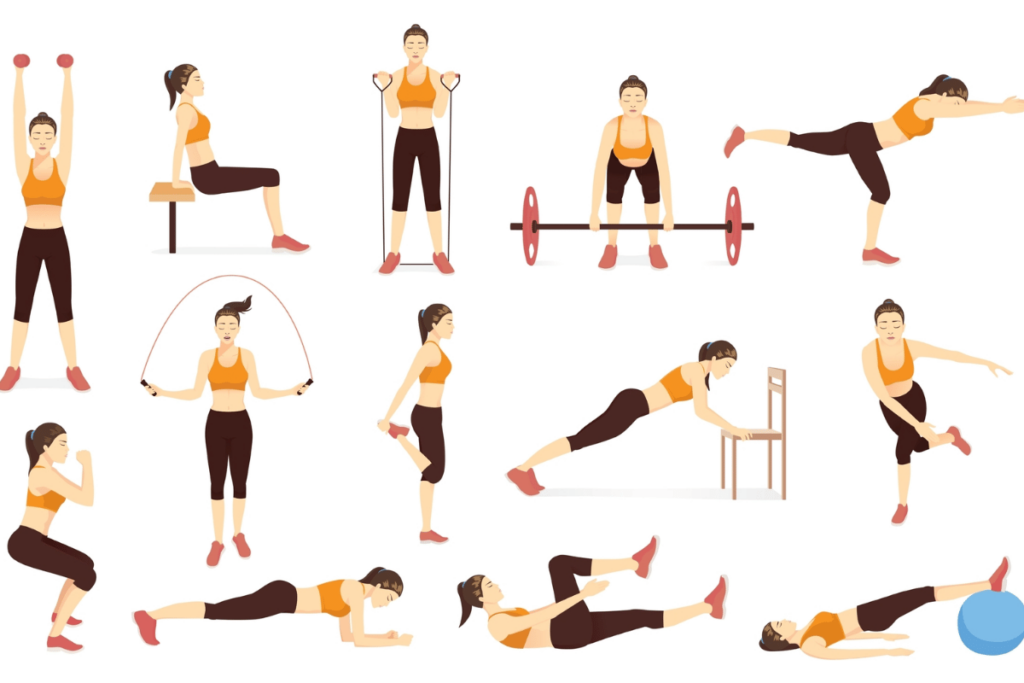
fat burning exercises at home
1. High-Intensity Interval Training (HIIT)
High-Intensity Interval Training (HIIT) has gained acclaim from fitness professionals and researchers alike. HIIT involves short bursts of intense exercise followed by brief rest periods. Studies, such as the one published in the Journal of Obesity, have shown that HIIT can effectively reduce body fat and improve cardiovascular health.
2. Bodyweight Squats
Bodyweight squats are a versatile and effective exercise for targeting the lower body. According to the American Council on Exercise (ACE), squats engage multiple muscle groups, making them a fantastic choice for burning calories.
3. Push-Ups
Push-ups are a classic exercise that not only strengthen the upper body but also engage the core muscles. A study published in the Journal of Strength and Conditioning Research highlights the effectiveness of push-ups in promoting fat loss.
4. Planks
Planks are renowned for their ability to engage the core muscles and improve stability. The Journal of Physical Therapy Science notes that planks contribute to improved posture and can help trim the waistline.
5. Jumping Jacks
Jumping jacks are a dynamic cardiovascular exercise that can elevate your heart rate and contribute to calorie burning. The American Heart Association recommends such aerobic exercises for overall health.
6. Burpees
Burpees are a full-body exercise that combines elements of strength and cardio training. Research published in the Journal of Human Kinetics suggests that burpees can enhance cardiovascular fitness and contribute to fat loss.
7. Mountain Climbers
Mountain climbers are a challenging exercise that targets the core and lower body. A study in the International Journal of Sports Science & Coaching highlights the efficacy of mountain climbers in enhancing muscular endurance.
8. Jump Rope
Jump rope, a childhood favorite, is an excellent exercise for burning calories and improving coordination. The American Council on Exercise emphasizes the calorie-burning potential of jumping rope.
By incorporating these authoritative home fat burning exercises into your routine, you can create a well-rounded workout plan that caters to different muscle groups and fitness levels. These exercises, supported by expert opinions and scientific findings, form the foundation of your journey towards effective fat burning and improved fitness.
Benefits and Importance of These Authoritative Home Fat Burning Exercises
Now that we’ve introduced you to eight authoritative home fat burning exercises, let’s delve into their benefits and the importance of incorporating them into your fitness routine. These exercises offer effective solutions to address the challenge of burning fat and achieving your fitness goals at home.
1. Effective Fat Burning
Solution 1: Effective Fat Burning – High-Intensity Interval Training (HIIT), bodyweight squats, push-ups, and the other exercises presented here are known for their ability to accelerate fat burning. By engaging multiple muscle groups and elevating your heart rate, these exercises help you shed excess calories and promote weight loss.
2. Versatility and Accessibility
Solution 2: Versatility and Accessibility – One of the key advantages of these exercises is their versatility. You don’t need expensive equipment or a gym membership to perform them. They can be adapted to various fitness levels and performed in the comfort of your own home, making them accessible to virtually everyone.
3. Time Efficiency
Solution 3: Time Efficiency – In today’s fast-paced world, finding time for fitness can be a challenge. The exercises we’ve highlighted, such as burpees and jumping jacks, are time-efficient. They deliver a high-intensity workout in a relatively short amount of time, making them perfect for busy individuals.
4. Full-Body Engagement
Solution 4: Full-Body Engagement – These exercises engage multiple muscle groups simultaneously. For example, burpees and mountain climbers work your upper body, lower body, and core. This full-body engagement not only promotes calorie burning but also enhances overall muscle strength and endurance.
5. Cardiovascular Health
Solution 5: Cardiovascular Health – Exercises like jumping rope and jumping jacks elevate your heart rate, improving cardiovascular health. Regular cardiovascular exercise is crucial for reducing the risk of heart disease and maintaining overall well-being.
6. Variety and Avoiding Plateaus
Solution 6: Variety and Avoiding Plateaus – Incorporating a variety of exercises into your routine, as presented here, helps prevent workout plateaus. Your body adapts to new challenges, ensuring continuous progress in your fitness journey.
7. Convenience and Consistency
Solution 7: Convenience and Consistency – The convenience of home-based exercises fosters consistency in your fitness routine. Consistency is key to achieving and maintaining your fitness goals, including fat loss.
By embracing these home fat burning exercises and recognizing their benefits, you’re equipped with a practical and effective solution for achieving your fitness objectives. These exercises cater to different aspects of fitness, ensuring a holistic approach to burning fat, building strength, and improving cardiovascular health—all from the comfort of your home. Make them an integral part of your fitness journey, and you’ll be one step closer to a healthier and fitter you.
Conclusion: Elevate Your Fitness Journey with Home Fat Burning Exercises
In summary, the eight authoritative home fat burning exercises presented in this article offer a versatile and effective solution to tackle fat burning and enhance your fitness journey. From their efficiency in calorie burning to their accessibility and full-body engagement, these exercises empower you to achieve your fitness goals from the comfort of your home. Embrace the convenience, enjoy the benefits, and embark on a path to a healthier and fitter you.
fat burning exercises at home
Frequently Asked Questions (FAQs): Home Fat Burning Exercises Demystified
Q1: Can I effectively burn fat and lose weight with home-based exercises?
A1: Absolutely! Home-based exercises, such as the ones we’ve highlighted, are highly effective for fat burning and weight loss. These workouts engage multiple muscle groups, elevate your heart rate, and promote calorie burning.
Q2: Do I need any special equipment to perform these exercises at home?
A2: No, you don’t need special equipment. The exercises we’ve discussed primarily rely on your body weight. However, you can enhance your workouts with simple items like a yoga mat or resistance bands if desired.
Q3: Are these exercises suitable for beginners, or do I need prior fitness experience?
A3: These exercises are versatile and can be adapted to various fitness levels. Beginners can start with modified versions and gradually progress to more challenging variations as their fitness improves.
Q4: How many times a week should I incorporate these exercises into my routine?
A4: The frequency of your workouts depends on your fitness goals and overall schedule. Ideally, aim for at least three to four times a week to see noticeable results. Remember to listen to your body and allow for proper rest and recovery.
Q5: Can I combine these exercises with other fitness activities or routines?
A5: Absolutely! These exercises can be part of a well-rounded fitness routine. Combining them with activities like walking, cycling, or yoga can enhance your overall fitness and keep your workouts interesting.
Q6: How long should each workout session last?
A6: The duration of your workout sessions can vary but aim for 20-30 minutes initially and gradually increase as your fitness level improves. It’s more important to focus on intensity and proper form rather than the duration.
Q7: Can these exercises help target specific problem areas, like belly fat or thigh fat?
A7: While spot reduction is a common misconception, these exercises contribute to overall fat loss. As you reduce your overall body fat percentage, you’ll notice changes in problem areas over time.
Q8: Is it essential to warm up before these exercises, and should I cool down afterward?
A8: Warming up and cooling down are essential components of any workout routine. Spend a few minutes warming up with dynamic stretches or light cardio, and finish with static stretches to aid recovery.
These FAQs provide valuable insights into incorporating home fat burning exercises into your fitness routine. They cater to various fitness levels, making them accessible and effective tools on your journey to achieving your fitness goals in the comfort of your home.

